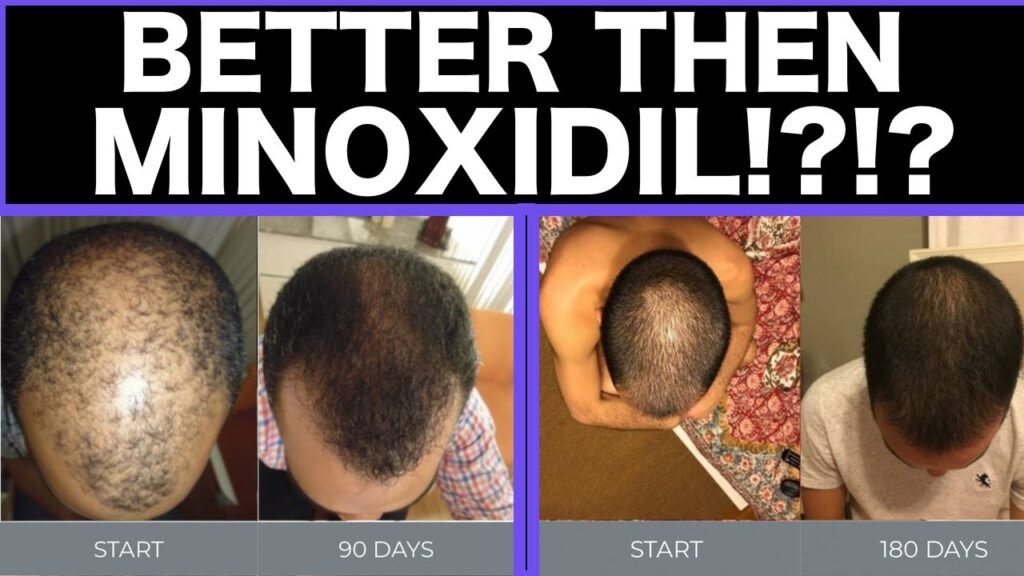Which gives better results: Minoxidil vs tretinoin
When it comes to hair growth and skin health, Minoxidil and Tretinoin are two widely recognized treatments, each with distinct benefits. Minoxidil, primarily known for its efficacy in treating hair loss, is a vasodilator that works by stimulating hair follicles, thereby promoting hair regrowth. On the other hand, Tretinoin, a derivative of vitamin A, is renowned for its ability to enhance skin health by accelerating cell turnover, making it a popular choice for acne treatment and anti-aging.
Minoxidil for Hair Growth
Minoxidil is FDA-approved for treating androgenetic alopecia, commonly known as male or female pattern baldness. It is typically applied topically to the scalp and is available in various concentrations. Users often report noticeable hair regrowth after consistent use over several months. Clinical studies have shown that Minoxidil can effectively increase hair density and thickness, especially when used in combination with other treatments. However, it is important to note that the results can vary based on individual conditions and the extent of hair loss.
Tretinoin for Skin Rejuvenation
Tretinoin is primarily used for its skin-renewing properties. It promotes the shedding of old skin cells and encourages the production of new ones, which can lead to improved skin texture and reduced fine lines. For those struggling with acne, Tretinoin can unclog pores and prevent future breakouts. While not traditionally used for hair growth, some studies suggest that Tretinoin may enhance the absorption of Minoxidil when used together, potentially improving its effectiveness in hair regrowth treatments. As with Minoxidil, individual results can vary, and consistent use is crucial to achieving desired outcomes.
In comparing Minoxidil and Tretinoin, the choice between the two largely depends on the specific condition being treated. Minoxidil is the go-to for hair regrowth, while Tretinoin is favored for skin improvement. For individuals seeking combined benefits, a healthcare provider may recommend using both treatments simultaneously, depending on the individuals health profile and goals.


